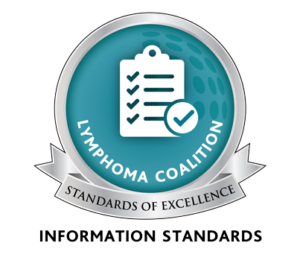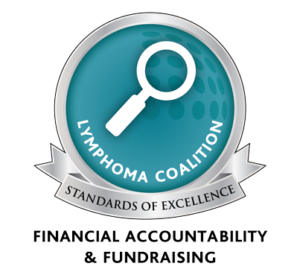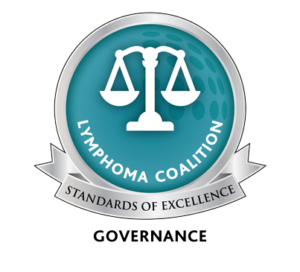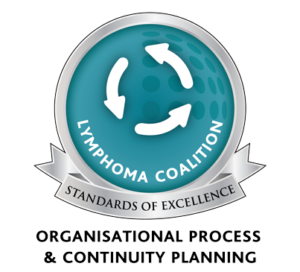Dr. Johnson is passionate about research. “Without research,” she says, “there is no hope.” She should know, she is a clinician scientist, and director of the lymphoma axis of the Banque de Cellules Leucémiques du Québec (BCLQ)
Tracey-Ann Curtis
“Guess how much this freezer costs?” I am visiting Dr. Nathalie Johnson in her lab at the state-of-the-art Segal Cancer Centre of the Jewish General Hospital in Montreal. We are standing before a huge, sleek freezer that contains hundreds of tissue samples. She has just finished telling me of a Saturday morning when, at 5:00am, she received a call at home that the freezer holding tissue samples had just expired. With sleepy children in tow, she rushed over to the hospital, explaining to them along the way that mummy had to go to work right now because the tissue samples were melting like popsicles and ice cream.
I glance up at the new appliance, shake my head and propose some ridiculous amount of money. Dr. Johnson rolls her eyes good-naturedly. “No,” she smiles. She leans in and says “$10,000. But something like this isn’t covered by a research grant!”
Dr. Johnson is passionate about research. “Without research,” she says, “there is no hope.” She should know, she is a clinician scientist, and director of the lymphoma axis of the Banque de Cellules Leucémiques du Québec (BCLQ), a provincial tissue bank. Her raison d’être also includes addressing the needs of lymphoma patients within the McGill University Adolescent & Young Adult Cancer Program, and she is also an Assistant Professor at McGill.
In the year and a half since she initiated the lymphoma biobank at the Jewish General Hospital, over 400 samples have been collected. The importance of studying the samples cannot be underestimated, as she says eventually their study could lead to more personalized medical treatments if the physician can match the drug to the tumor’s biology. This is, in fact, the basis of her research, the inherent biological properties of cancer cells that render them more resistant to chemotherapy.
Dr. Johnson goes on to explain the ongoing challenge of biobanking is that it is an essential component of translational research. “Research that links science to the patient’s bedside” she says. Yet in spite of its importance, it can’t be funded by most grants because grants are used to fund research, not tools for research. It remains a continuing struggle for any tissue bank around the country to get funding for it. Dr. Johnson says she is grateful to be the beneficiary of philanthropy and of very generous donations and support from the Jewish General Hospital Foundation.
Research satisfies the need to know what’s driving the disease, she says. Hodgkin’s lymphoma is 80% curable and it is rewarding to see that, she goes on to say. But “it is for the other 20% that we need to study resistance. It’s nice just to look at the biology, but we also need to ask who else can we cure, and how is it clinically relevant?”
Dr. Johnson says that Hodgkin’s is a good example. 30 years ago, patients died of the disease. Mustard gas, used in World War II as a chemical weapon, was found to have an effect on white blood cell counts. Today, a derivative of it is used for chemotherapy. Dr. Johnson says that the aim with any treatment is always to maximize the cure and decrease toxicity.
She explains to me that the lymphoma biobank is not yet open per se, that there are not enough tissue samples to compare, and that she and her team are ever working at getting more consent, to provide even more samples to study. She shares her five-year career goal with me, to have more grants to be able to do more banking, to see what works, and what does not, and to tweak it. Dr. Johnson suggests I read The Emperor of All Maladies, which, she says, is a biography of cancer. Its ‘take home’ message is one of the most valuable lessons she learned during her medical training:
“Treat the patient, not just the cancer.”





